
Exploring Eco-Friendly Alternatives to Single-Use Plastics
In our current era, the global predicament of plastic pollution, largely fueled by the ubiquity of single-use plastics, demands a critical reassessment of our consumption patterns. The detrimental impact on ecosystems, water bodies, and wildlife necessitates a focused exploration of eco-friendly alternatives. This article undertakes a detailed examination of innovative solutions within materials science, consumer behavior, and corporate responsibility. By unraveling the intricacies of this environmental challenge, we aim to shed light on actionable alternatives that pave the way toward a more sustainable future.
A Look at the Impact of Single-Use Plastics
The ubiquity of single-use plastics, ranging from disposable bags to everyday containers, has created an ecological crisis. The detrimental impact on ecosystems, wildlife, and human health calls for immediate action. By exploring and adopting alternatives to single-use plastics, we can mitigate these effects and safeguard the planet for future generations.
Biodegradable Plastics
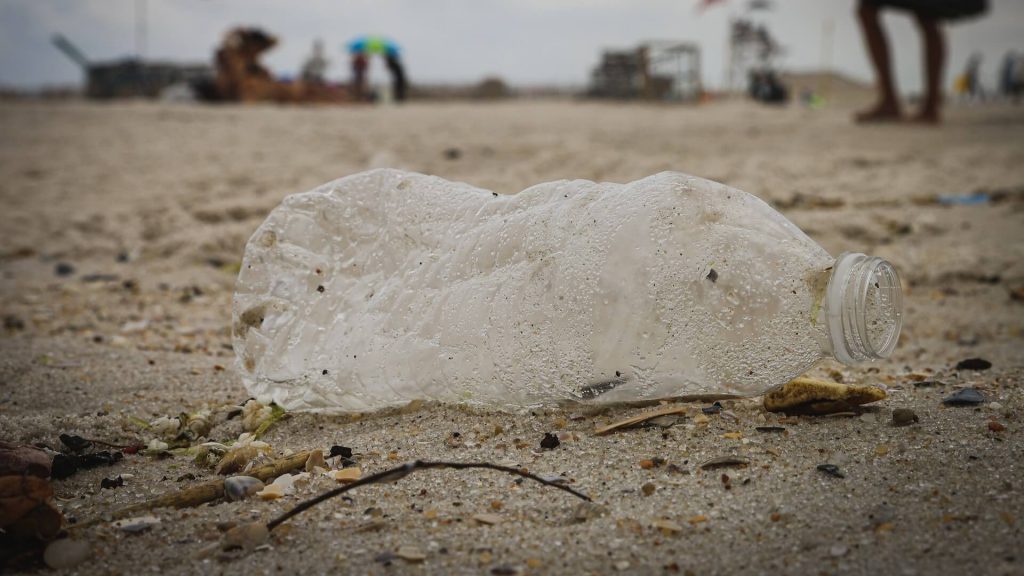
Biodegradable plastics, designed to naturally break down over time, offer a viable solution to the persistent environmental challenge posed by traditional plastics. These alternatives to single-use plastics, crafted from organic materials, present a promising reduction in environmental impact, providing an eco-friendly avenue for various applications.
Biodegradable plastics can take the form of polymers derived from plant starches, creating a material that decomposes without leaving harmful residues. The utilization of microorganisms to facilitate decomposition ensures that these alternatives return to nature harmlessly.
Plant-Based Plastics
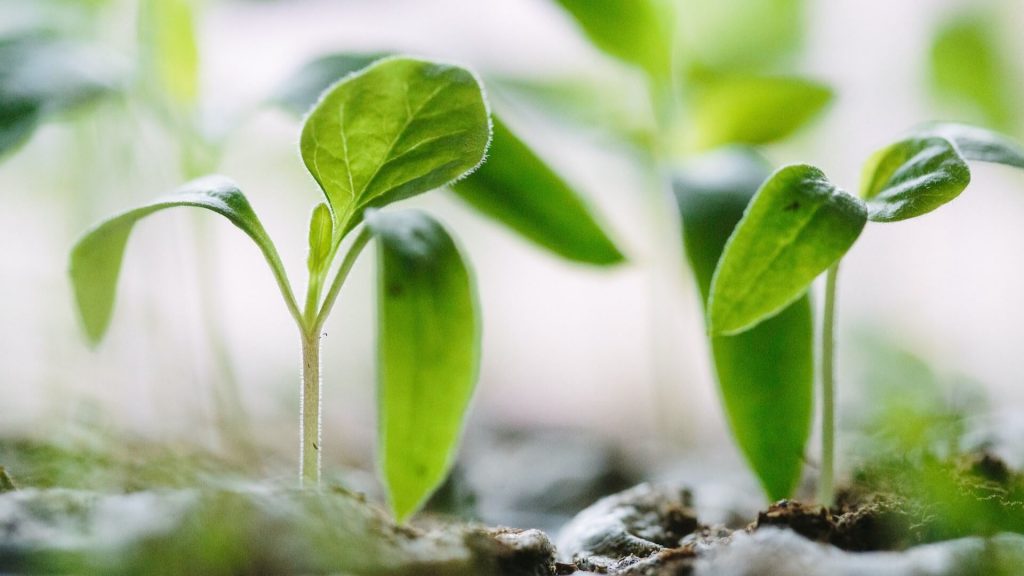
Plant-based plastics, derived from renewable resources such as corn, sugarcane, and potato starch, represent a paradigm shift towards sustainable living. By significantly reducing reliance on finite fossil fuels, these alternatives aim to cut down the carbon footprint associated with traditional plastics. Plant-based plastics are versatile and can be utilized in various applications, from packaging to disposable cutlery, providing an eco-friendly alternative to single-use plastics.
The cultivation of crops for plant-based plastics has sparked discussions about land use and food production. However, ongoing research explores the use of agricultural by-products and non-food crops to address these concerns, ensuring that plant-based alternatives contribute positively to the environment.
Reusable Materials
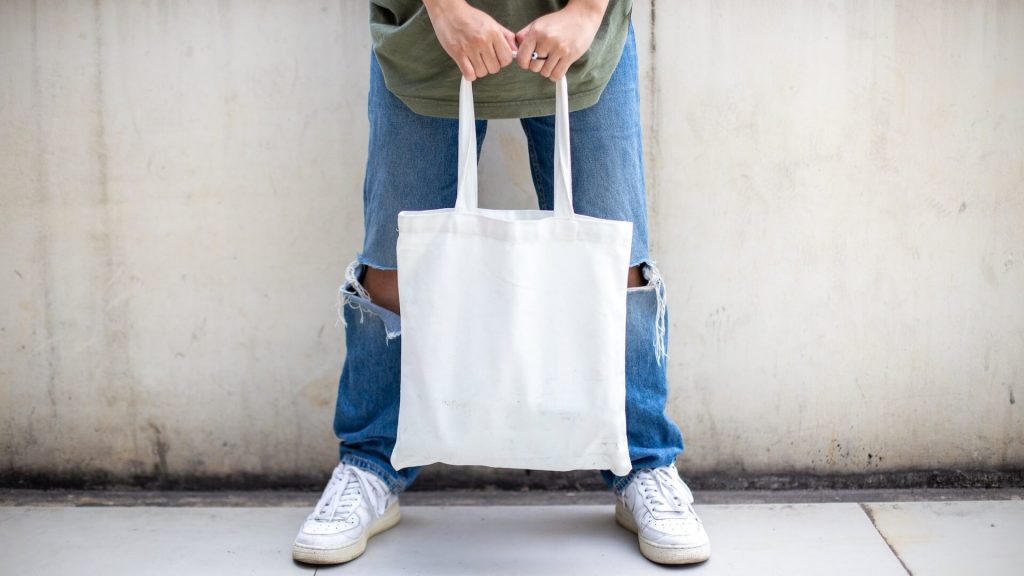
The resurgence of reusable materials marks a critical step in combatting the single-use plastic epidemic. Stainless steel, glass, and durable plastics offer alternatives with a significantly longer lifecycle, encouraging the philosophy of ‘reduce, reuse, recycle.’ The 5-10 times extended usability of these materials compared to single-use plastics emphasizes their potential to revolutionize consumer habits, reducing the demand for disposable items.
The durability of reusable materials not only reduces waste but also leads to long-term cost savings for consumers. Investing in quality, long-lasting products becomes an economic and sustainable choice, aligning with the principles of a circular economy.
Paper and Cardboard Solutions

The classic yet effective alternatives, paper, and cardboard, offer eco-friendly packaging options. These materials, biodegradable and recyclable, present a sustainable choice for reducing the environmental impact of packaging. However, the production of paper and cardboard raises concerns about deforestation and resource consumption, emphasizing the need for responsible sourcing and recycling practices.
Innovations in paper manufacturing, including the use of recycled fibers and sustainable forestry practices, contribute to the evolution of paper and cardboard as environmentally conscious alternatives to single-use plastics.
Sustainable Packaging
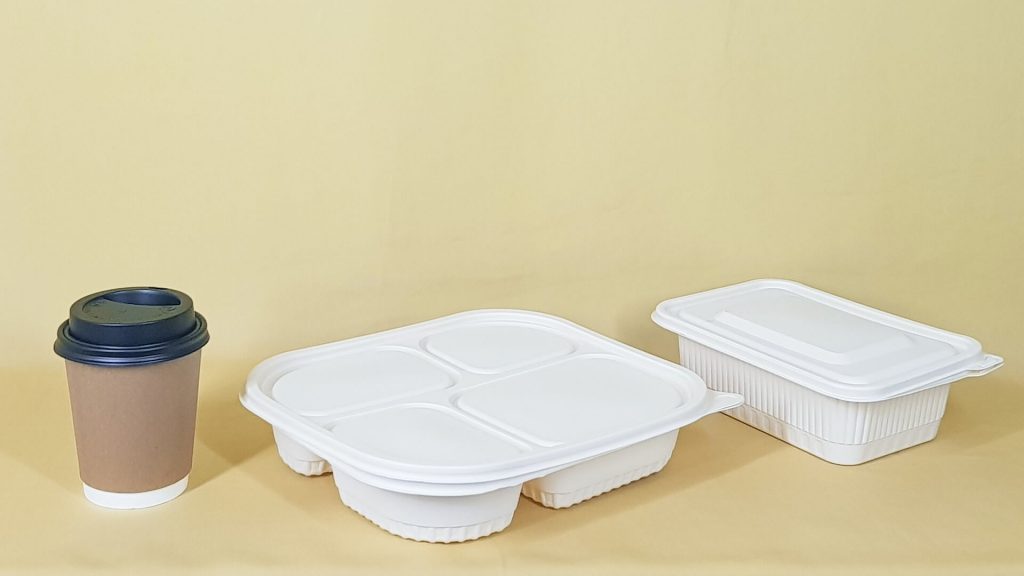
Edible packaging stands out as an innovative solution in the quest for sustainability. Crafted from natural materials like seaweed, starch, and fruit, these alternatives transcend conventional thinking by allowing consumers to consume the packaging itself. The concept of edible packaging offers a revolutionary solution, eliminating waste entirely and promoting a circular economy.
While edible packaging addresses the issue of waste, considerations about taste, texture, and nutritional value are critical. Collaborations between food scientists, packaging experts, and culinary professionals are essential to ensure that edible alternatives to single-use plastics are not only sustainable but also palatable and safe.
Consumer Awareness and Education

The journey towards sustainability hinges on the awareness and education of consumers. Understanding the environmental impact of single-use plastics empowers individuals to make informed choices. Promoting alternatives to single-use plastics becomes a collective responsibility, influencing habits and fostering a mindset of conscious consumption.
Education campaigns, both online and offline, play a vital role in disseminating information about the environmental consequences of single-use plastics and the available alternatives. Engaging consumers in the sustainability narrative cultivates a sense of responsibility and encourages the widespread adoption of eco-friendly practices.
Government Regulations and Corporate Initiatives

Governments and businesses play pivotal roles in steering the course towards sustainability. Regulations such as plastic bans and restrictions signal a commitment to change, while corporate initiatives that reduce plastic use and invest in eco-friendly alternatives contribute to a more responsible and conscientious business landscape.
Collaboration between the public and private sectors is essential for the success of sustainable initiatives. Governments can create an enabling environment through policies and incentives, while businesses can drive innovation and provide consumers with viable alternatives to single-use plastics.
Innovation and Research in Sustainable Materials
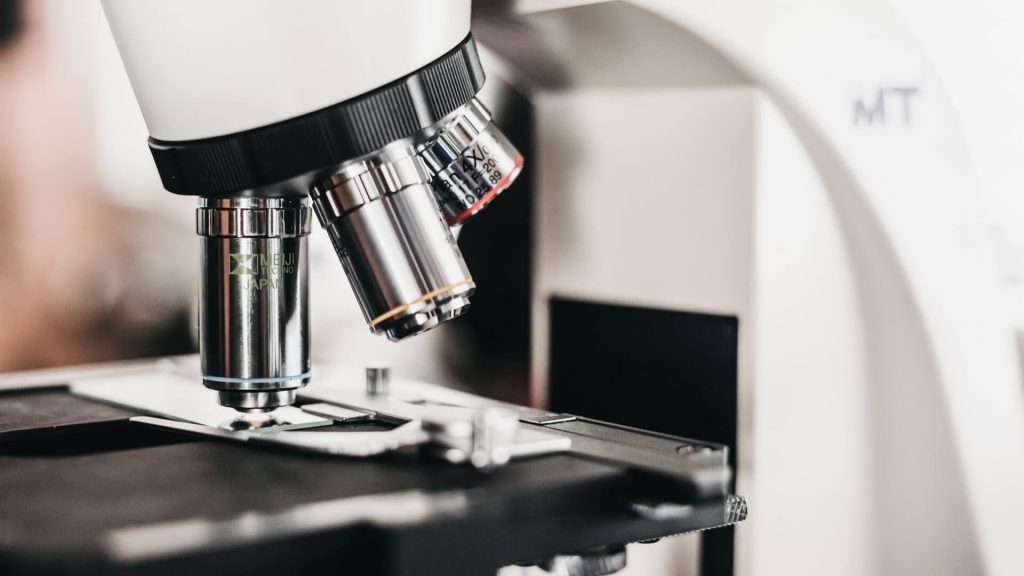
In the quest for alternatives to single-use plastics, innovation takes center stage. Ongoing research in materials science unveils groundbreaking solutions, from mushroom-based packaging to algae-derived plastics. These technologies promise to reshape our approach to packaging and everyday items, paving the way for a greener and more sustainable future.
Mushroom-based packaging, for example, utilizes mycelium, the root structure of fungi, to create a biodegradable and versatile material. Algae-based plastics leverage the rapid growth and renewability of algae to produce a sustainable alternative that addresses concerns about resource depletion and environmental impact.
Conclusion
As we navigate the comprehensive landscape of eco-friendly alternatives to single-use plastics, it becomes evident that the journey towards sustainability is multi-faceted. From biodegradable marvels to reusable materials, and edible innovations to pioneering research, each avenue offers a unique and valuable contribution to a greener future. By embracing these alternatives and fostering a culture of conscious consumption, we can mitigate the environmental impact of single-use plastics and pave the way for a more sustainable and harmonious coexistence with our planet. The collective efforts of individuals, businesses, and governments will determine the success of this journey towards a greener, more sustainable future.
You May Also Like
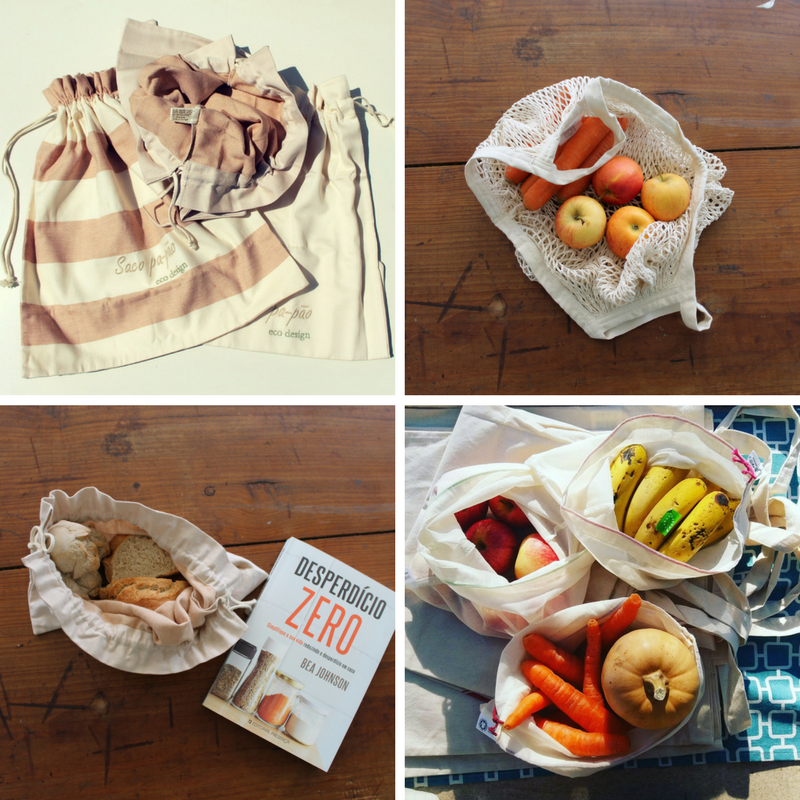
Green Home Solutions
January 4, 2021
Eco-Friendly Gifts For Mother’s Day
September 22, 2022
